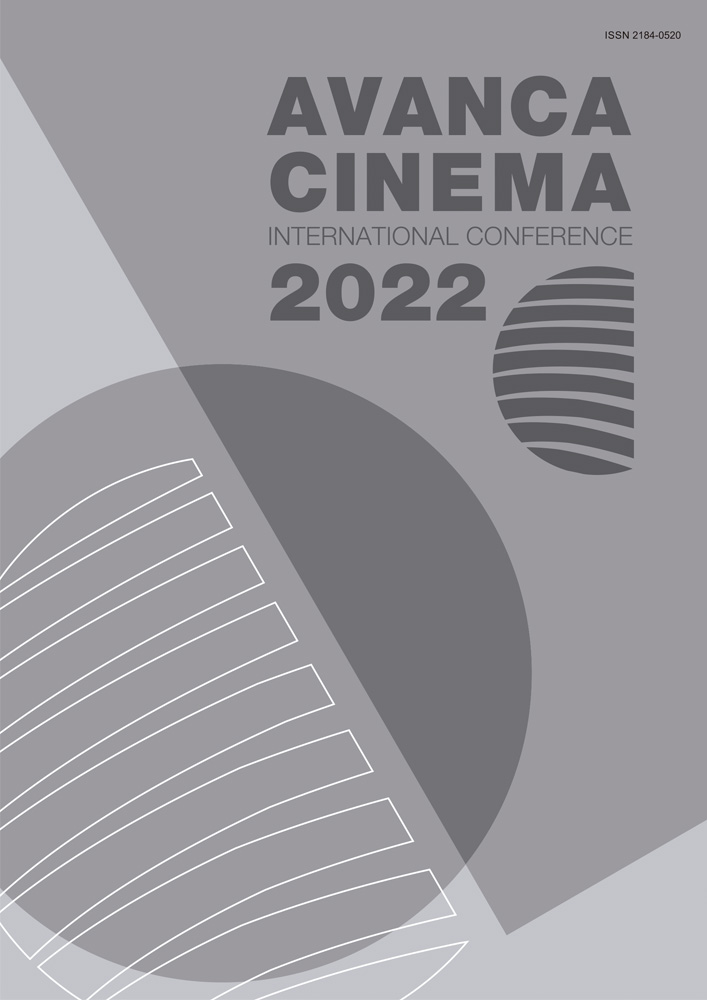Chapitre I _ Cinéma - Art
Painting in Time: The Role of Painting in Andrei Tarkovsky’s Solaris
Résumé
Cinema’s unique ability to capture and screen other art forms has led to a series of pertinent theoretical arguments from thinkers like Sergei Eisenstein, Rudolf Arnheim, Andre Bazin, and many other film theorists. As one of the renowned pillars of transcendental cinema, Andrei Tarkovsky explicitly and frequently utilizes classical works of art in his films. These forms of intertextuality are congruous with his artistic intuitions as a filmmaker and his fascination as a religious person with spiritual concepts like time and memory. This article is organized into several sections. Firstly, it intends to introduce some of the most prominent and influential theories about the relation between cinema and paintings. By accentuating Bazin’s famous essay, “painting and cinema,” the representation of peter Brueghel’s well-known painting hunters in the snow by particular cinematographic techniques in Andrei Tarkovsky’s Solaris (1972) will be investigated. Drawing on Gilles Deleuze’s ideas about temporality in cinema, It will be argued that by adopting a Bazinian approach toward filming a painting, the painting acquires the characteristics of a time-image and thus, the virtual and the actual become intermingled in it. Moreover, the painting-image turns from a static medium into a temporal, cinematic medium. In the last section, the aesthetic and narrative functions of the mentioned painting in Solaris will be discussed through Henri Bergson’s philosophy of memory.

Ce travail est disponible sous la licence Creative Commons Attribution 4.0 International .

